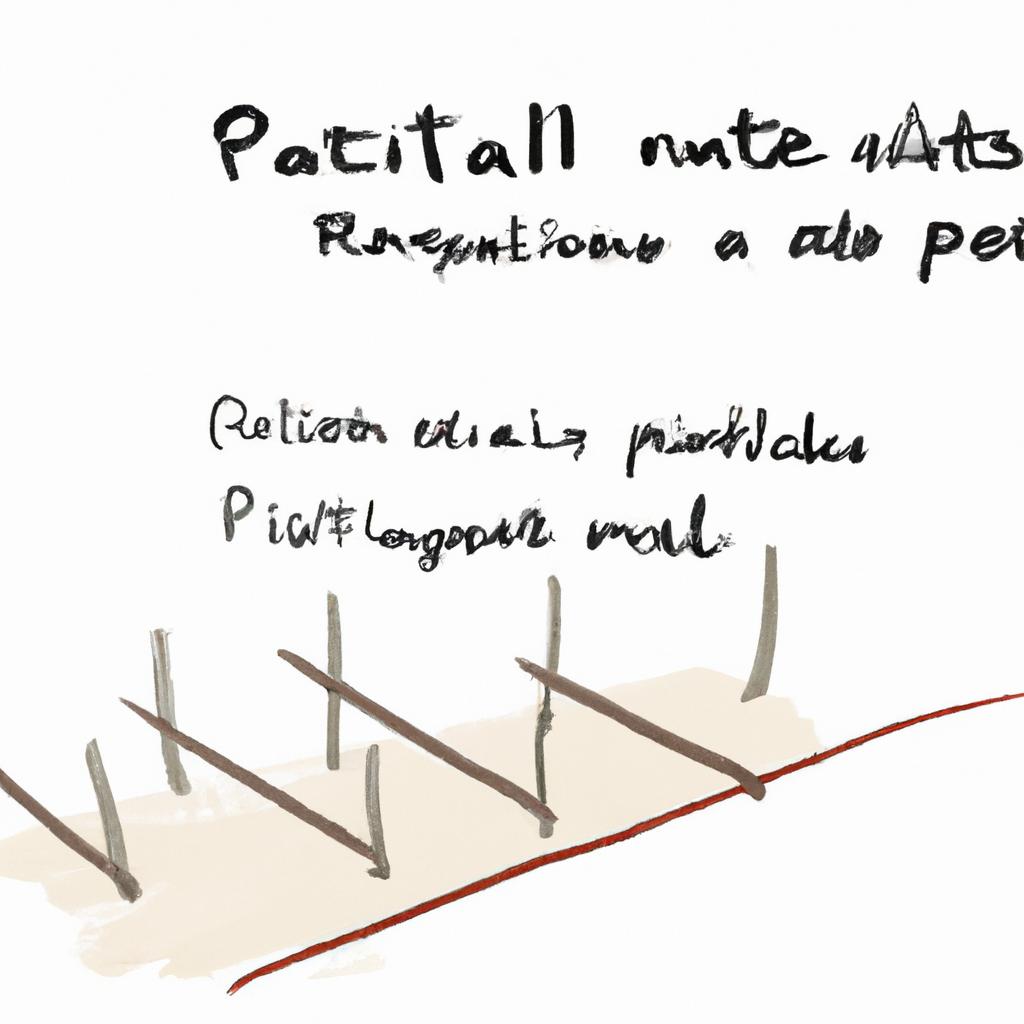**”The Role of Pilates in Rehabilitation: How Targeted Exercises Aid Recovery from Specific Injuries”**
# The Role of Pilates in Rehabilitation: How Targeted Exercises Aid Recovery from Specific Injuries
Pilates has gained immense popularity as a fitness regimen, but its benefits extend far beyond mere aesthetic enhancement. Particularly in the realm of rehabilitation, Pilates offers targeted exercises that can significantly aid recovery from various injuries. By focusing on core strength, flexibility, and body awareness, Pilates helps individuals regain functionality and reduce pain. In this blog post, we will explore how Pilates supports rehabilitation, providing valuable insights into nutrition tips, exercise advice, and health benefits associated with this versatile practice.
## Understanding Pilates and Its Rehabilitation Benefits
Pilates is a low-impact exercise method that emphasizes controlled movements, which can be particularly beneficial for individuals recovering from injuries. Unlike high-impact exercises that may exacerbate existing issues or cause further damage, Pilates allows for gradual strength building and increased flexibility.
### Core Strength and Stabilization
One of the primary focuses of Pilates is to strengthen the core muscles, including the abdominal, back, and pelvic floor muscles. A strong core provides stability and support for the spine, which is crucial during the rehabilitation process. This stabilization can help alleviate pain and prevent further injury by ensuring that the body moves in a balanced and controlled manner.
### Flexibility and Range of Motion
Injuries often lead to stiffness and reduced range of motion in affected areas. Pilates incorporates stretching and lengthening movements, making it an excellent option for restoring flexibility. Improved flexibility not only enhances recovery but also reduces the risk of future injuries by allowing the body to move more freely and efficiently.
## Nutrition Tips for Injury Recovery
Proper nutrition plays a vital role in the recovery process, complementing the physical benefits of Pilates. Here are some essential nutrition tips to aid in rehabilitation:
1. **Hydration:** Staying well-hydrated is crucial for overall health and aids in tissue repair. Aim to drink adequate amounts of water throughout the day.
2. **Protein Intake:** Protein is essential for muscle repair and growth. Incorporate lean proteins, such as chicken, fish, tofu, and legumes, into your diet.
3. **Healthy Fats:** Incorporate sources of omega-3 fatty acids, such as walnuts, flaxseeds, and fatty fish, to help reduce inflammation in the body.
4. **Vitamins and Minerals:** Focus on foods rich in vitamins C and D, as well as calcium. These nutrients support bone health and immune function, which are critical during recovery.
5. **Antioxidants:** Consume a variety of colorful fruits and vegetables to provide antioxidants that combat oxidative stress and support healing.
## Exercise Advice for Rehabilitation
When integrating Pilates into your rehabilitation program, consider the following exercise advice to maximize its benefits:
### Consult a Professional
Before beginning any exercise program, especially after an injury, it is essential to consult with a healthcare professional or a certified Pilates instructor experienced in rehabilitation. They can provide tailored guidance based on your specific needs and limitations.
### Start Slow and Progress Gradually
Begin with basic Pilates exercises that focus on core engagement and stabilization. As your strength and flexibility improve, gradually increase the complexity and intensity of the exercises. Listening to your body is crucial; if any movement causes pain, modify or skip it.
### Focus on Alignment and Breath
Proper alignment and breath control are fundamental principles of Pilates. Pay attention to your body positioning and use deep, controlled breaths to enhance movement quality and efficiency. This focus will help you develop body awareness and prevent compensatory patterns that could hinder recovery.
## Health Benefits of Pilates in Rehabilitation
The benefits of Pilates extend beyond physical recovery. Here are some additional health benefits associated with incorporating Pilates into a rehabilitation program:
### Pain Management
Pilates can be an effective tool for managing pain associated with injuries. The low-impact nature of the exercises reduces strain on affected areas while promoting blood circulation, which can aid in pain relief.
### Enhanced Mental Well-being
Rehabilitation can often be a challenging and emotionally taxing journey. Pilates encourages mindfulness and body awareness, which can help reduce stress and anxiety. The mind-body connection fostered through Pilates promotes a positive outlook on recovery.
### Improved Posture and Balance
Many injuries can lead to poor posture and balance issues. Pilates focuses on aligning the body and strengthening stabilizing muscles, helping individuals regain proper posture and improve overall balance, reducing the risk of future injuries.
## Conclusion
In summary, Pilates plays a significant role in rehabilitation by providing targeted exercises that enhance core strength, flexibility, and body awareness, all of which are vital for recovery from specific injuries. By combining Pilates with proper nutrition and exercise advice, individuals can effectively manage pain, improve mental well-being, and prevent future injuries. Embracing Pilates not only aids in physical recovery but also fosters a holistic approach to health and wellness, paving the way for a stronger, more resilient body.















Post Comment